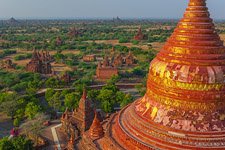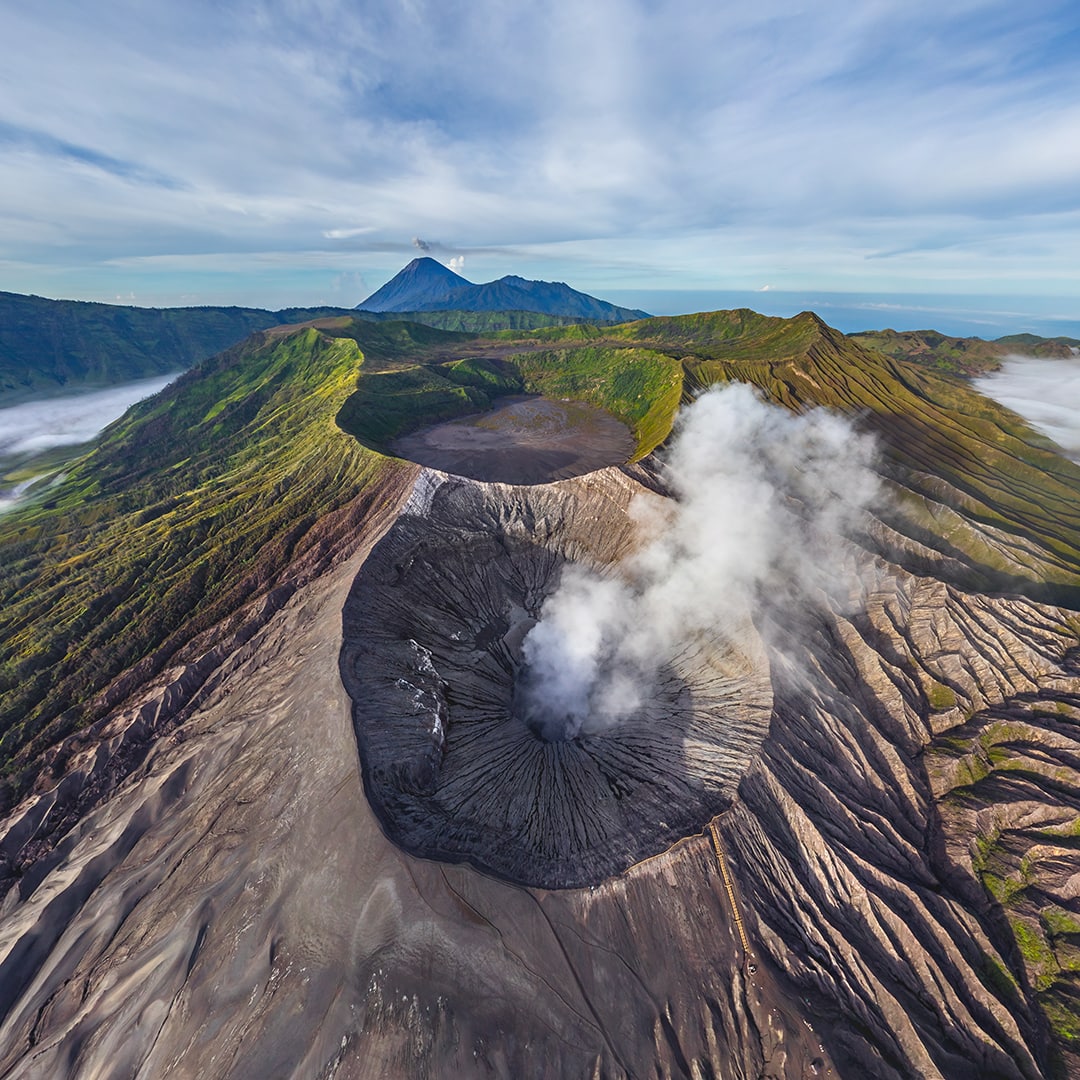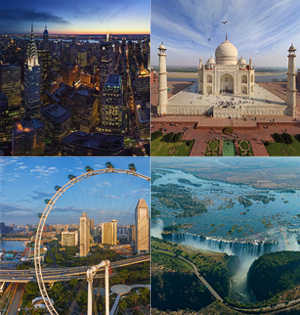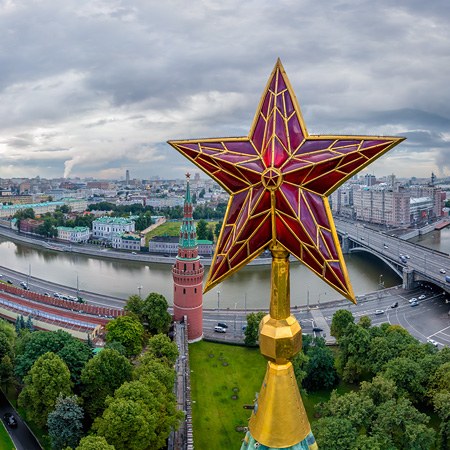Bagan, Myanmar
The great ancient kingdom of Pagan, or Bagan, was once located on the territory of the modern country of Myanmar (previously known as Burma). The capital of the kingdom was also named Bagan. The city of Bagan stretched along the western shore of the Irrawaddy, or Ayeyarwady, River. Today, it is one of the largest archeological zones in the world. A great number of pagodas and Buddhist stupas were built on the 40-square-kilometer site. Thousands of the temples have survived to this present day and are still in good condition; but thousands more now lie in ruins. Most of the structures were built during the 11th—13th centuries.

The legend says that King Pyinbya founded the city of Bagan in 845 AD after his people migrated from Tibet to Burma. The king decided to make Buddhism the main religion of the country and invited monks from Sri Lanka to help with the conversion. Since then, Bagan has become the largest religious, scientific, and cultural center of the region.
At the end of 13th century Mongol armies invaded the kingdom of Bagan. They left the city in ruins, destroyed golden temples, and plundered and took away many religious relics. The earthquake of 1975 also added to the decay of the city. Today, the city of Bagan is almost nonexistent. There is a Bagan airport and a few settlements surrounding the Bagan Archeological Zone that consist of temples of various sizes. The temples are scattered on varied terrains: deserts, jungles, and even plains with single-standing palm trees... Ancient architects used red bricks and white stones to build the pagodas. However, unlike the Shwezigon Pagoda (also known as the Mystical Stupa), these buildings were not gilded with gold leaf.

According to the legend, ancient King Anawrahta personally placed a statue of Buddha on the back of a white elephant and let it ride around. Right on the spot where the elephant kneeled with the statue is where the Shwezigon Pagoda was built. The pagoda is believed to enshrine a frontal bone and a tooth of Buddha, but it is possible that this tooth is just a copy and the original one remains in Sri Lanka. However, considering the fact that some people are still skeptical about the origin of the tooth in Sri Lanka, we had better quit this delicate subject and go back to discussing archeology.

The Shwezigon Pagoda is also famous for combining two new styles of architecture: Mon and Burmese. As for the pre-Buddhist architecture of the area, there are numerous wooden sculptures of spirits that used to be worshiped by the local people of Bagan. The statues were placed on terraces surrounding Buddhist temples in order to attract people's attention to the new Buddhist teaching.

The Bagan caves (Gubyaukgyi) are yet another landmark of Bagan. Like other areas of the city, Gubyaukgyi is comprised of temples connected by a maze of corridors and surrealistic mystical frescoes covering the cave walls.

Instead of using the famous English proverb "as numerous as sand on the seashore", when referring to Bagan, one can safely say "as numerous as the pagodas in Bagan." Everywhere you go you can touch one artifact or another, and as well as the numerous buildings, there are also over four billion depictions of Buddha, including small-scale portraits carved into stone surfaces all over the city.

The city of Bagan is not only the main landmark of Myanmar, but it is also undoubtedly one of the greatest monuments of history of mankind. We invite you to connect with this amazing cultural heritage through our virtual tour.
Photo by Dmitry Moiseenko and Stas Sedov
28 March 2025
Read more
Photogallery Balloon flight in Bagan #8
Balloon flight in Bagan #8
 Dhammayazika Pagoda #1
Dhammayazika Pagoda #1
 Sulamani Temple #3
Sulamani Temple #3
 Bagan, Myanmar #3
Bagan, Myanmar #3
 Shwesandaw Stupa #1
Shwesandaw Stupa #1
 Balloon flight in Bagan #3
Balloon flight in Bagan #3
 Dhammayazika Pagoda #2
Dhammayazika Pagoda #2
 Ananda Temple #2
Ananda Temple #2
 Shwesandaw Stupa #6
Shwesandaw Stupa #6
 Balloon flight in Bagan #4
Balloon flight in Bagan #4
 Sulamani Temple #2
Sulamani Temple #2
 Balloon flight in Bagan #7
Balloon flight in Bagan #7












Virtual Travels in 360°
 The best panoramas by AirPano. Part 2
The best panoramas by AirPano. Part 2
 Shooting spherical stereo panorama
Shooting spherical stereo panorama
 Barents Sea Coast, Russia
Barents Sea Coast, Russia
 Bird's Eye View of the Moscow Kremlin
Bird's Eye View of the Moscow Kremlin
 Night Shanghai, China
Night Shanghai, China
 Trip to the Caribbean
Trip to the Caribbean
 Journey to the bears in the Kronotsky Reserve, Kamchatka
Journey to the bears in the Kronotsky Reserve, Kamchatka
 Chara Sands, Siberia, Russia
Chara Sands, Siberia, Russia
Show more


